Reproducciones De Arte Paisaje con pavos reales, 1892 de Paul Gauguin (18481903, France
QUICK FACTS. Name: Paul Gauguin. Birth Year: 1848. Birth date: June 7, 1848. Birth City: Paris. Birth Country: France. Gender: Male. Best Known For: French artist Paul Gauguin's bold colors.
.jpg)
Paul Gauguin (18481903) , Te Fare (La maison) Christie's
Paul Gauguin (New York: Abrams, 1983), 28. Eugène Henri Paul Gauguin (UK: , US: , French: [øʒɛn ɑ̃ʁi pɔl ɡoɡɛ̃]; 7 June 1848 - 8 May 1903) was a French Post-Impressionist artist. Unappreciated until after his death, Gauguin is now recognized for his experimental use of colour and Synthetist style that were distinct from Impressionism.

Les Alyscamps Paul Gauguin The Encyclopedia of Fine Arts
Eugène Henri Paul Gauguin. Eugène Henri Paul Gauguin (París, 7 de junio de 1848-Atuona, Islas Marquesas, 8 de mayo de 1903) fue un pintor posimpresionista reconocido después de su fallecimiento. El uso experimental del color y su estilo sintetista, fueron elementos claves para su distinción respecto al impresionismo.
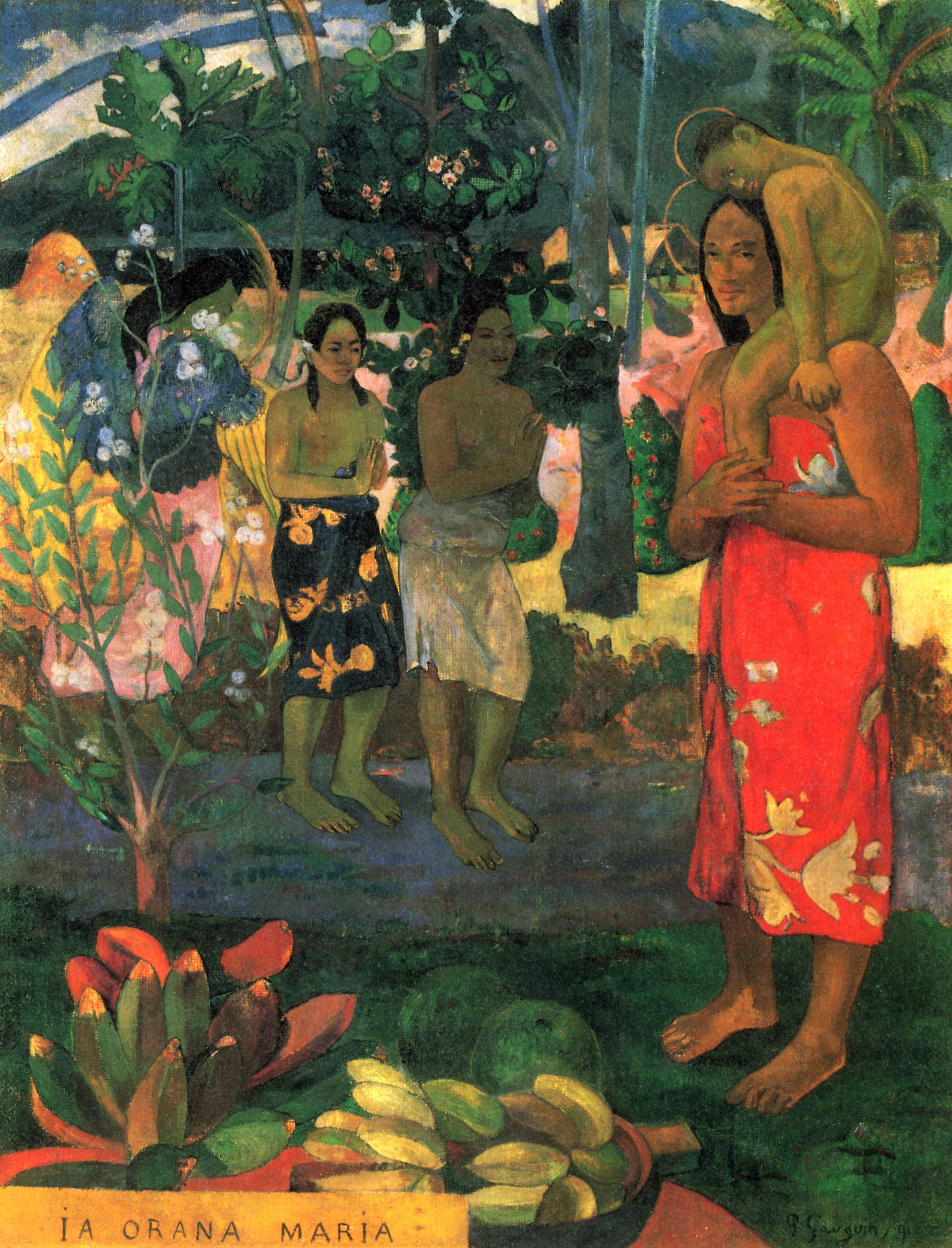
Paul Gauguin Art Museum AK
Que sommes-nous ? Où allons-nous ?) is a 1897-98 painting by French artist Paul Gauguin. The painting was created in Tahiti, and is in the Museum of Fine Arts in Boston, Massachusetts. Viewed as a masterpiece by Gauguin, the painting is considered "a philosophical work comparable to the themes of the Gospels".

FilePaul Gauguin 011.jpg Simple English Wikipedia, the free encyclopedia
An 1873 oil on canvas, Working the Land (aka Landscape), by Paul Gauguin (1848-1903) the French post-impressionist painter. Painted before Gauguin decided to become a full-time artist and his first major canvas. It shows the influence of Camille Pissarro (1830-1903) and Jean-Baptiste-Camille Corot (1796-1875) in colours and composition, but the large amount of canvas given to the unusual cloud.

PAUL GAUGUIN "Mühle in PontAven" Producción artística, Pinturas impresionistas, Paul gauguin
'Colour! What a deep and mysterious language, the language of dreams.' - Paul Gauguin When people think of post-impressionist painter Paul Gauguin, they think of his groundbreaking paintings of Tahitians done in primitive style.Most, however, would not normally think of Panama.Nevertheless, Panama played a small but significant part in this painter's remarkable life.
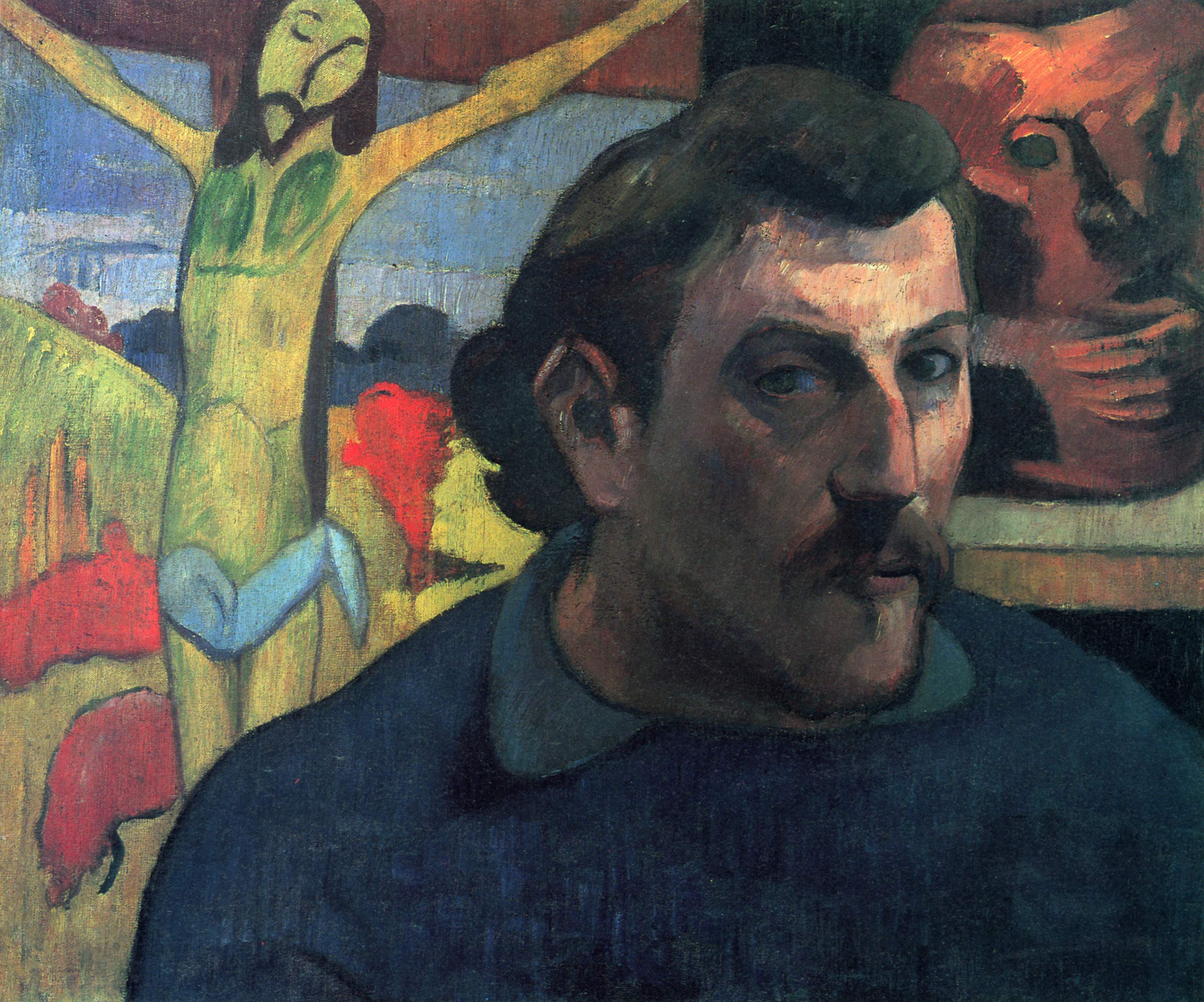
Paul Gauguin Art Museum AK
Paul Gauguin was an extremely influential French Post-Impressionist artist, known for his experimentation with color and synthetist style.
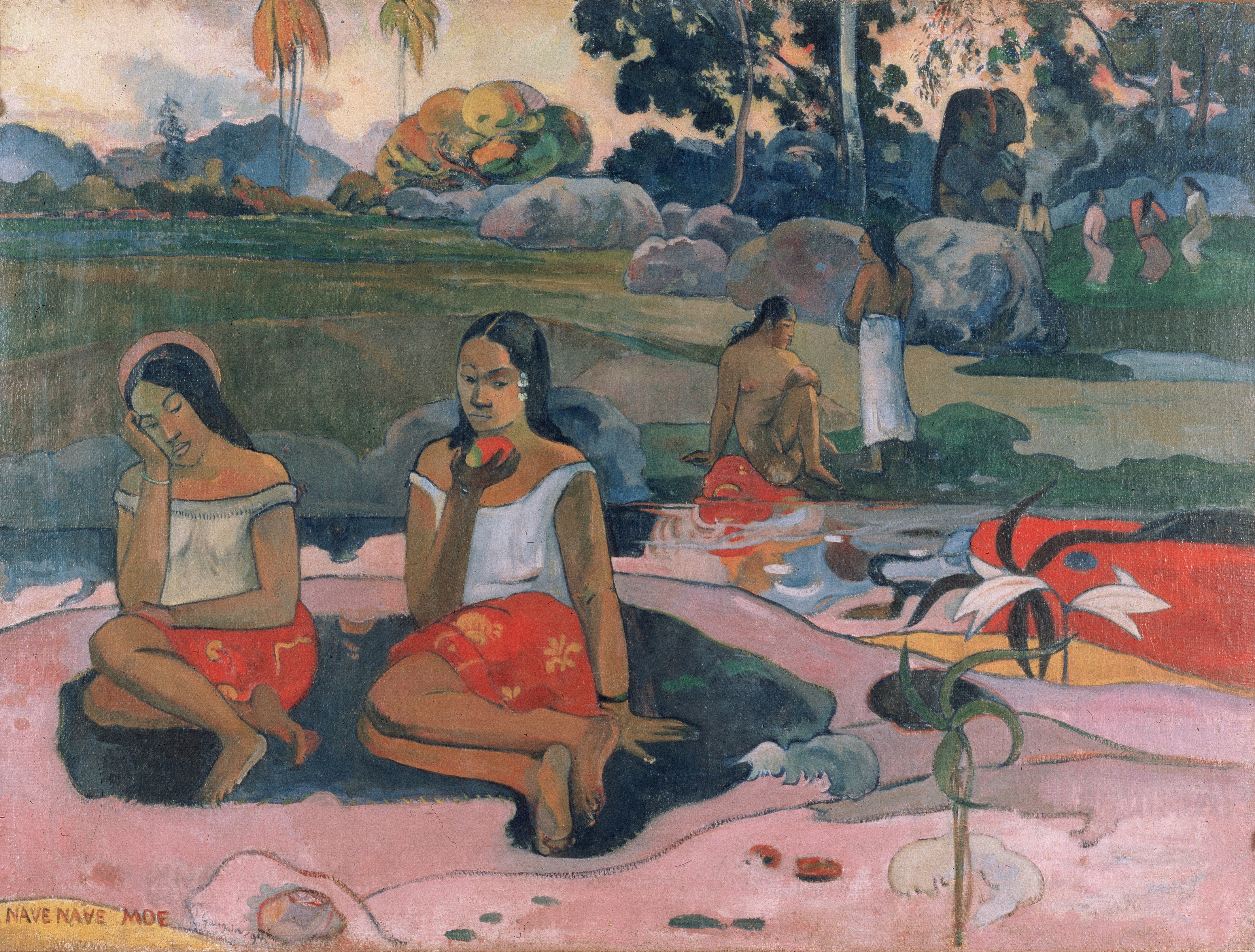
FilePaul Gauguin 068.jpg Wikimedia Commons
Overview. Paul Gauguin (1848-1903) was a leading 19th-century Post-Impressionist artist, painter, sculptor, printmaker, ceramist and writer.His bold experimentation with color directly influenced modern art in the 20th century while his expression of the inherent meaning of the subjects in his paintings, under the influence of the cloisonnist style, paved the way to Primitivism and the.

Gauguin, Paysage de Tahiti, 1893, The Minneapolis Institute of Arts. Henri Matisse, Landscape
Paul Gauguin styled himself and his art as "savage." Although he began his artistic career with the Impressionists in Paris, during the late 1880s he fled farther and farther from urban civilization in search of an edenic paradise where he could create pure, "primitive" art. Yet his self-imposed exile to the South Seas was not so much an escape from Paris as a bid to become the new.

Paul Gauguin The Black Pigs, 1891 Paul gauguin, Obras de arte, Arte
Paul Gauguin was a French Post-Impressionist artist, whose work deeply influenced the French avant-garde and modern artists, such as Pablo Picasso and Henri Matisse.As a descendant of the Peruvian nobility, he spent his early childhood in Lima, Peru. This nomadic upbringing aroused his curiosity for exotic lands and cultures, which would eventually lead him to Tahiti and Martinique.
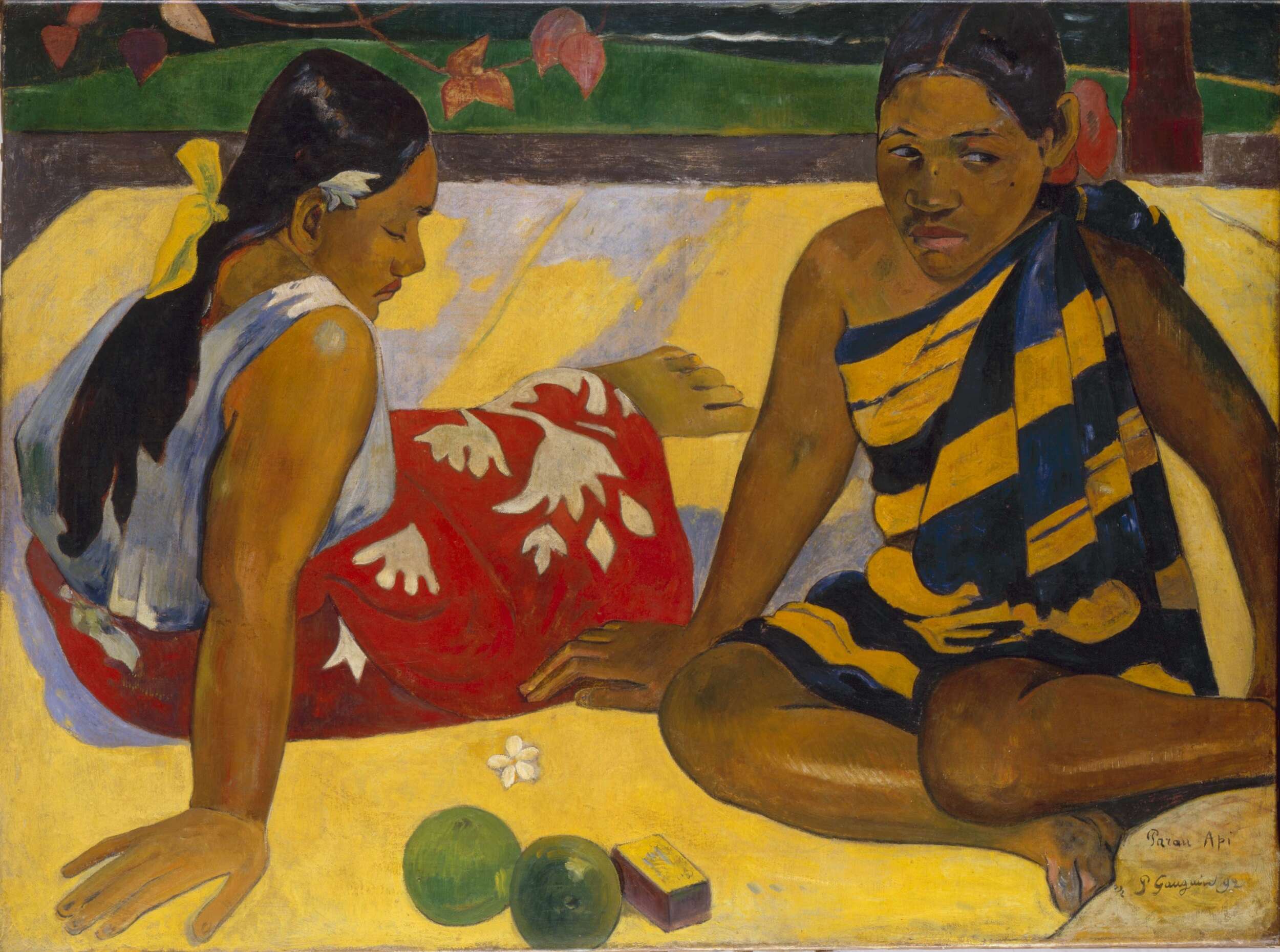
Paul Gauguin’s Tahiti A Creative Obsession
Paul Gauguin was born to Clovis Gauguin, a journalist, and Alina Maria Chazal, daughter of the socialist leader and early feminist activist Flora Tristan. At the age of three, Gauguin and his family fled Paris for Lima, Peru, a move motivated by France's tenuous political climate that prohibited freedom of the press. On the trans-Atlantic.
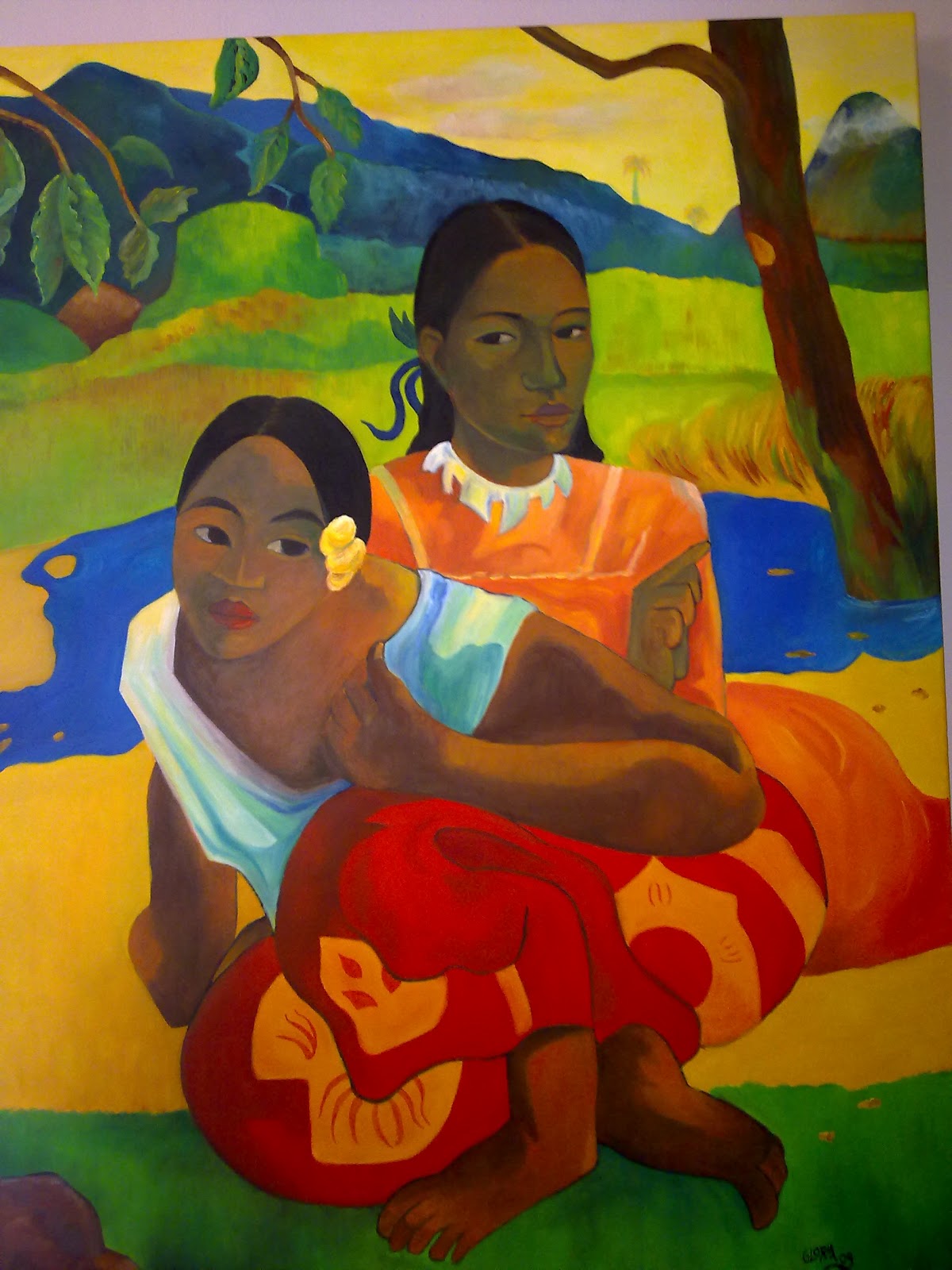
ARTESPACIOGLO Cuadro de Paul Gauguin
Paul Gauguin (born June 7, 1848, Paris, France—died May 8, 1903, Atuona, Hiva Oa, Marquesas Islands, French Polynesia) French painter, printmaker, and sculptor who sought to achieve a "primitive" expression of spiritual and emotional states in his work. The artist, whose work has been categorized as Post-Impressionist, Synthetist, and.

Paul Gauguin Landscape with Three Figures Oil Painting Oil Paintings For Sale
Vision After the Sermon (1888) This painting depicts a Biblical event in which Jacob wrestles with an angel. The dramatic use of color, shape, and line mirrors Gauguin's collection of Japanese woodblock prints. "Vision After the Sermon" is a very interesting mix of the aesthetics of primitive art with a subject that is Western European.

Paul GAUGUIN
Paul Gauguin, Still Life with Profile of Laval, 1886, oil on canvas, 46 × 38 cm. Indianapolis Museum of Art at Newfields, Samuel Josefowitz Collection of the School of Pont-Aven, through the generosity of Lilly Endowment Inc., the Josefowitz Family, Mr. and Mrs. James M. Cornelius, Mr. and Mrs. Leonard J. Betley, Lori and Dan Efroymson, and other Friends of the Museum, 1998.167.
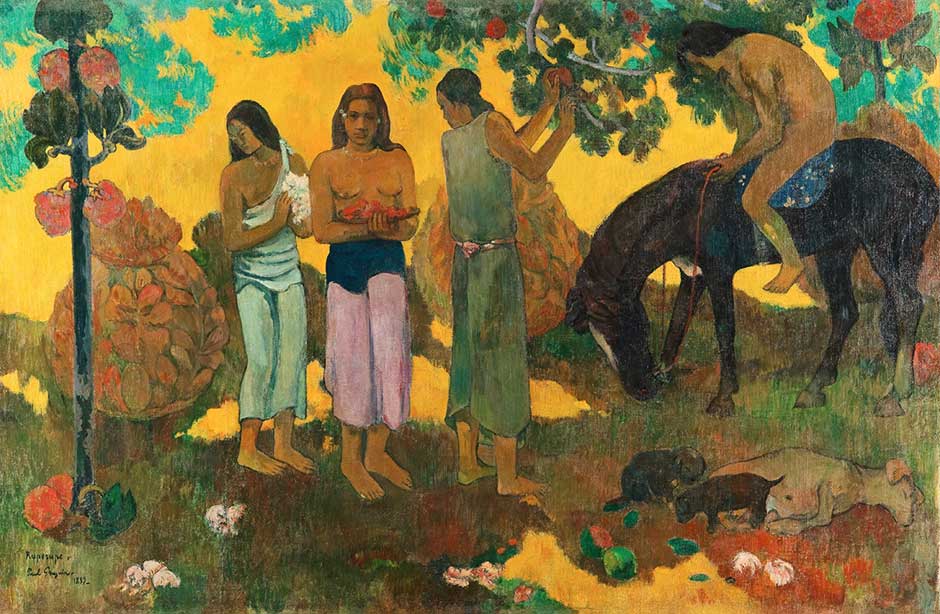
Paul Gauguin y los infinitos caminos de la naturaleza
The Courtauld, London (Samuel Courtauld Trust) Teha'amana, also known as Tehura, was around 13 years old when she met Gauguin, according to Gauguin's own autobiographical journal, Noa Noa. At this young age, Teha'amana quickly became his 'native' wife, although whether she was a willing participant or not is unknown.

FilePaul Gauguin 138.jpg
Born in France, Paul Gauguin (1848-1903) spent part of his early childhood living in Peru, sailed the world in the French merchant marine and navy, and worked as a stockbroker. Starting out as an amateur painter, he became a full-time artist in the early 1880s and exhibited with the Impressionists. Increasingly dissatisfied with the limits of naturalism, Gauguin defied